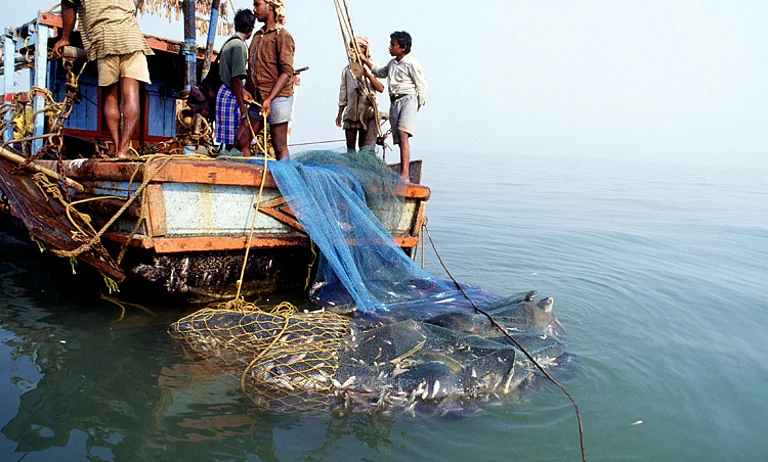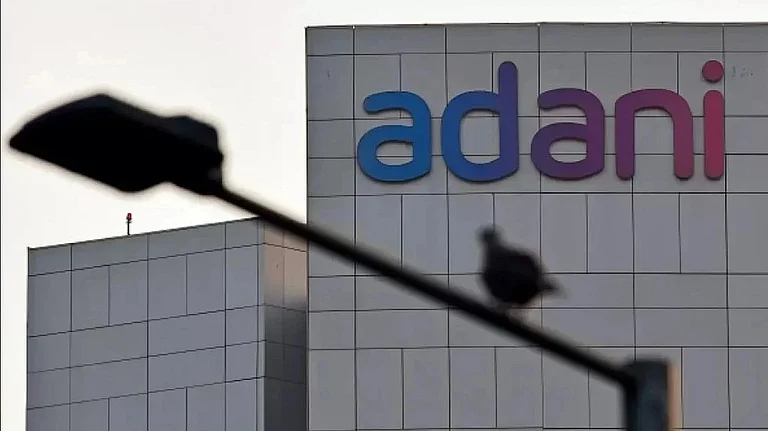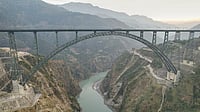
In efforts to improve efficiency, Syama Prasad Mookerjee Port, Kolkata, has introduced several measures:
Cutting vessel turnaround time from five to four days, with eight new mobile harbour cranes to speed up cargo handling.
Deploying floating cranes at Sagar Island to handle dry bulk in deep sea for larger vessels.
Expanding capacity from 87.5 million tonnes by an additional 30 million tonnes through upgrades.
In a bid to improve efficiency, the Syama Prasad Mookerjee Port (SMP), Kolkata, is set to significantly reduce vessel turnaround time to lower costs, with the deployment of new mobile harbour cranes and advanced traffic systems, its Chairman Rathendra Raman said on Friday.
Speaking at a session organised by the Merchants’ Chamber of Commerce & Industry (MCCI) here, Raman said turnaround time at the Kolkata Port – currently averaging five days – is expected to improve to four days within the next six to 12 months.
“A total of eight mobile harbour cranes are being inducted at the port. These will substantially reduce the time vessels spend at berth and improve operational productivity,” he said.
The Kolkata Port has also initiated night navigation, allowing vessels to enter and exit after sunset, thereby reducing detention time.
“We are also adding floating cranes at Sagar Island for dry bulk handling in deep sea, which will allow larger vessels to offload cargo efficiently,” Raman said.
The riverine nature of the port, coupled with its location within the city, poses ongoing challenges for draft availability and evacuation.
However, Raman noted that dredging is underway to improve draft levels at both Kolkata and Haldia ports.
The Kolkata Port currently has a capacity of 87.5 million tonnes, and an additional 30 million tonnes is being added through infrastructure upgrades.
Highlighting infrastructure modernisation, he said lock gates are being developed at both Kolkata and Haldia ports, allowing ships to wait outside the lock system and reducing congestion.
On warehousing, Raman said the Waterfront Warehouse Project – integrated with the Sagarmala Project – follows a landlord model where the government builds the infrastructure and private operators manage the facilities. This is expected to enhance logistics efficiency and regional connectivity.
The port is also advancing the Balagarh Project, which involves developing a new facility about 85-km upstream to decongest the existing Kolkata Dock System.































